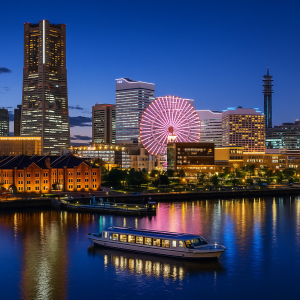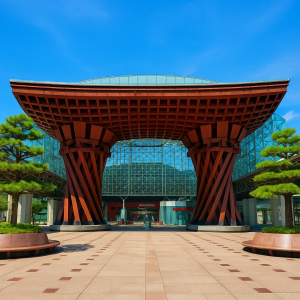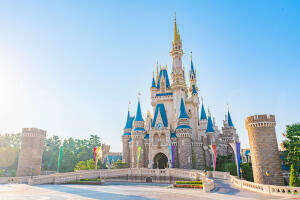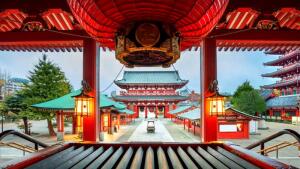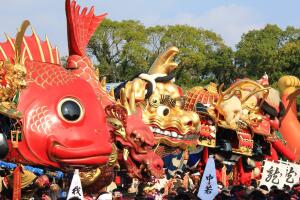Popular Destinations
Discover Japan through your passions
See all →-
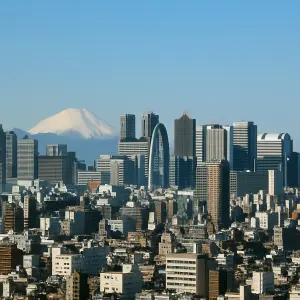 1Tokyo
1TokyoJapans capital and largest city
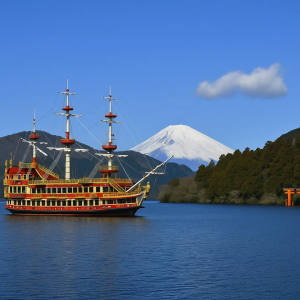 2Hakone
2HakoneNestled within the Fuji-Hakone-Izu National Park
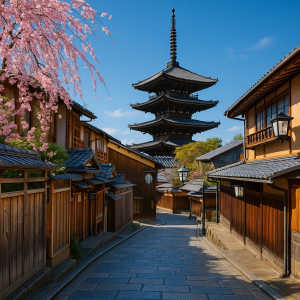 3Kyoto
3KyotoKyoto was for a 1000 years the capital of Japan
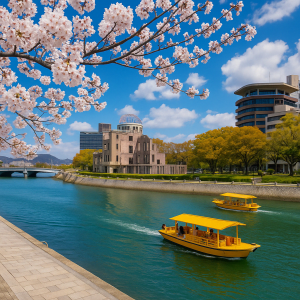 4Hiroshima
4HiroshimaRegional capital with a tragic history
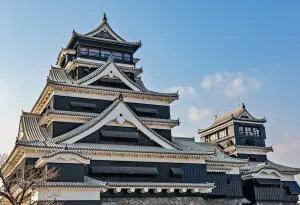 5Kumamoto
5KumamotoModern city famous for its castle
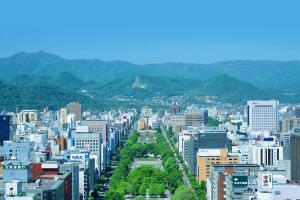 6Sapporo
6SapporoThe largest city in the Hokkaido Prefecture
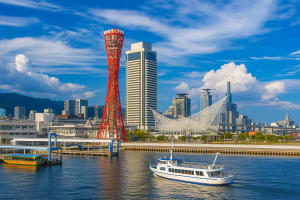 7Kobe
7KobeHarbor city, recovered from the 1995 earthquake
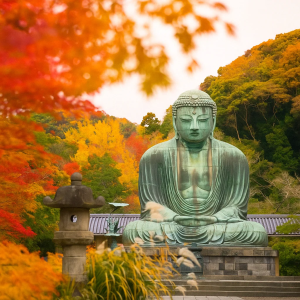 8Kamakura
8KamakuraA coastal gem in less than an hour from Tokyo
Spotlight
Discover Japan's hidden gems and must-see destinations
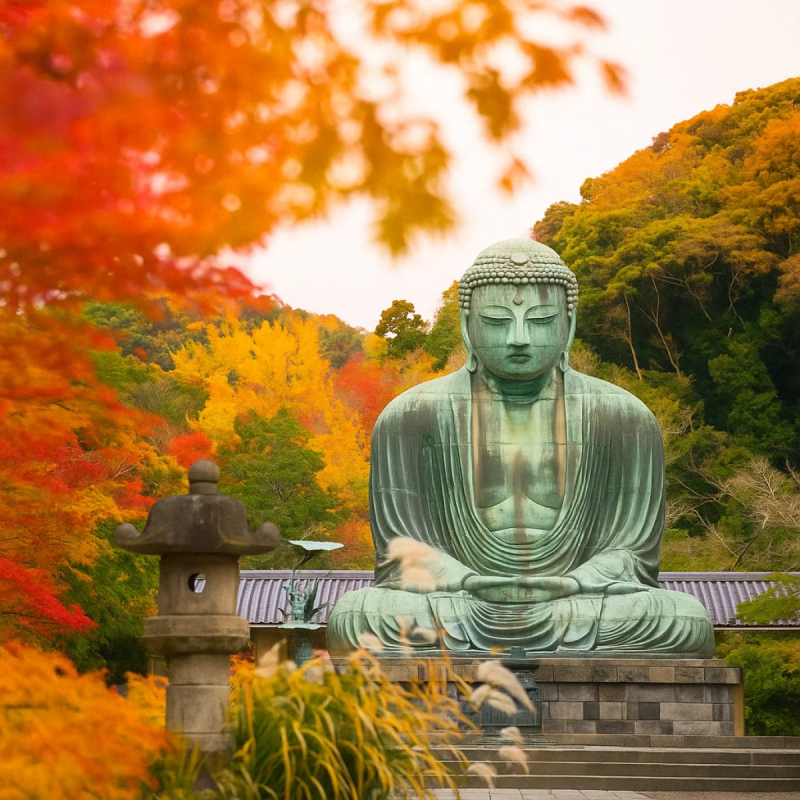
Kamakura
Kamakura (鎌倉), a coastal gem in Kanagawa Prefecture, is located less than an hour south of Tokyo, offering a perfect blend of history, spirituality, and natural beauty. Once the political center of Japan during the late 12th century, Kamakura became the birthplace of the first shogunate under Minamoto no Yoritomo, marking the start of the samurai era. The city thrived for over a century under the rule of the Minamoto clan and later the Hōjō regents, laying the foundation for Japan's feudal system. Visitors can still trace the city’s rich history through its moss-covered stone paths, former samurai residences, and iconic Zen temples dating back to the Kamakura period, each telling stories of the city’s pivotal role in shaping Japan’s history. Today, Kamakura is often called the “Kyoto of Eastern Japan” for its preserved traditional architecture and cultural landmarks nestled amidst serene forested hills. Among the city’s must-see sights is the famous Great Buddha (Kamakura Daibutsu) at Kōtoku-in, a towering symbol of Kamakura’s spiritual legacy. The Hase-dera Temple, perched on a hillside, offers stunning views of the sea and is particularly known for its hydrangea-lined pathways. The Tsurugaoka Hachimangū Shrine, one of Japan’s oldest and most important Shinto shrines, remains the city’s spiritual heart. Visitors can explore hidden temples in quiet valleys, take part in seasonal festivals, or wander down the vibrant Komachi-dōri Street, where local cafés, artisan shops, and street food stalls provide a taste of Kamakura’s lively atmosphere. With its beautiful beaches and laid-back vibe, Kamakura is a refreshing destination where history and relaxation come together seamlessly.
View details →Popular Attractions
Discover Japan's hidden gems and must-see destinations
See all →-
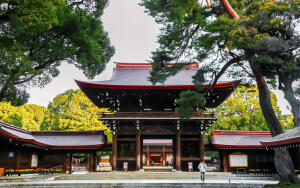 1Meiji Shrine
1Meiji ShrineHonoring Emperor Meiji, historical site
5.0 ★ ★ ★ ★ ★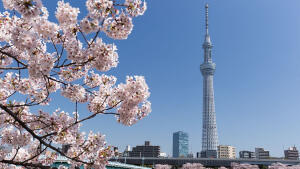 2Tokyo Skytree
2Tokyo SkytreeJapan's tallest tower with views
5.0 ★ ★ ★ ★ ★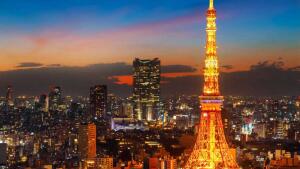 3Tokyo Tower
3Tokyo TowerIconic tower with skyline city views
5.0 ★ ★ ★ ★ ★Tours
Expertly curated guided experiences
See all →-
 $70Uji Tea Ceremony and UNESCO Heritage Walking Tour
$70Uji Tea Ceremony and UNESCO Heritage Walking TourDelve into Uji's captivating culture and history on this exclusive walking tour. Visit the UNESCO-listed Byodoin Temple, renowned for its ar
5 ★ ★ ★ ★ ★ -
 $218Uji: Private immersion into Kyoto's tea and reglious culture
$218Uji: Private immersion into Kyoto's tea and reglious cultureEmbark on an exclusive journey through Uji, Kyoto, the birthplace of Japanese tea. Limited to eight guests, this intimate tour promises a un
5 ★ ★ ★ ★ ★ -
 $221Kyoto Matcha Green Tea Tour
$221Kyoto Matcha Green Tea TourDiscover the enchanting town of Uji, the revered heart of matcha, with an expert guide. Step back in time and immerse yourself in this histo
5 ★ ★ ★ ★ ★ -
 $161Kyoto tea town for matcha lovers
$161Kyoto tea town for matcha loversAre you a green tea lover or food lover? Then join us on this Matcha Town Walking Tour! On this tour, you will be exploring Uji, a beautiful
5 ★ ★ ★ ★ ★ -
 $132Slow Cycling Tour at Uji's Matcha Green Tea Fields and Heritage
$132Slow Cycling Tour at Uji's Matcha Green Tea Fields and HeritageUji, south of Kyoto, is famous for its matcha (powdered green tea) and other tea products, and is also home to many historic temples and shr
5 ★ ★ ★ ★ ★
Community
Connect with fellow travelers
See all →-
Travel Planning 1 hour ago
Exploring Hakone's Historical Temples and Cultural Sites in Autumn - Itinerary Help Needed!
-
Culture & Customs 1 hour ago
Solo traveler seeking cultural experiences in Nikko this autumn
-
Travel Planning 2 hours ago
Seeking advice on visiting historic temples in Hokkaido during autumn
-
Travel Planning 4 hours ago
Seeking advice on visiting historic temples in Hokkaido during autumn
-
Transportation 4 hours ago
Navigating transportation in Nikko with kids during autumn
-
Others 15 hours ago
Family-friendly activities in Takayama for autumn trip?
What's new
Discover the newest and most exciting places in Japan
See all →-
Takayama Matsuri
Celebrated for ornate festival floats
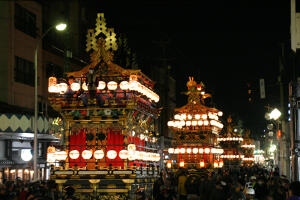
-
Yoshijima Heritage House
Traditional architecture and sake brewing
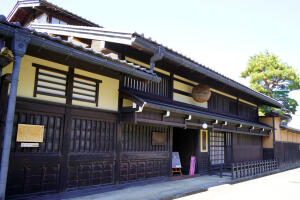
-
Takayama Morning Markets (Asaichi)
Local crafts, food, and markets
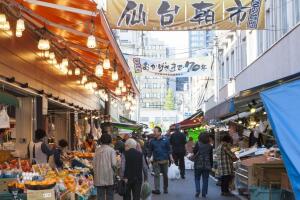
-
Kusakabe Heritage House
Historic merchant house, traditional architecture
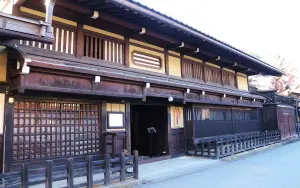
-
Karakuri Museum
Mechanical dolls and lion masks
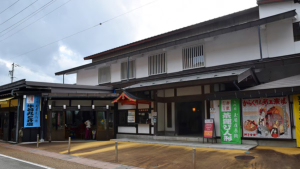
-
Takayama Matsuri Yatai Kaikan
Takayama autumn festival floats exhibition
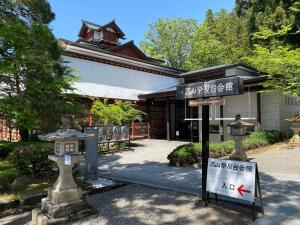
-
Sakurayama Hachiman Shrine
Takayama Autumn Festival shrine
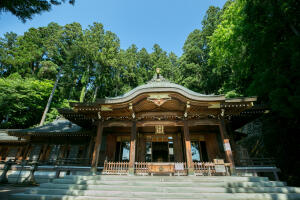
-
Takayama Showa Museum
Showa-era nostalgia and retro exhibits
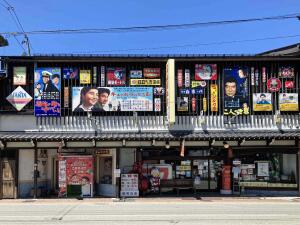
Upcoming Events
Experience Japan's vibrant festivals and cultural celebrations
See all →-
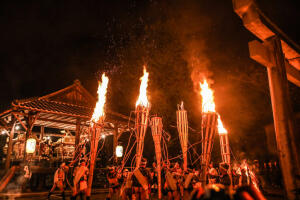 10-22Kurama Fire Festival
10-22Kurama Fire FestivalKurama Fire Festival (October 22) in Kyoto is a thrilling celebration of ancient rituals, featuring massive torches lighting up the night. Experience this fiery procession in a picturesque mountain village!
500+ Destinations1000+ Attractions5000+ Tours10K+ Happy TravelersExpert Travel GuidesVerified InformationSecure BookingReady to Explore Japan?
Start planning your perfect Japan adventure today with our comprehensive guides, tours, and travel tips.
"JapanTripIdeas made planning our dream trip to Japan so easy! The detailed guides and recommendations helped us discover hidden gems we would have never found on our own."
Travelers from Canada

